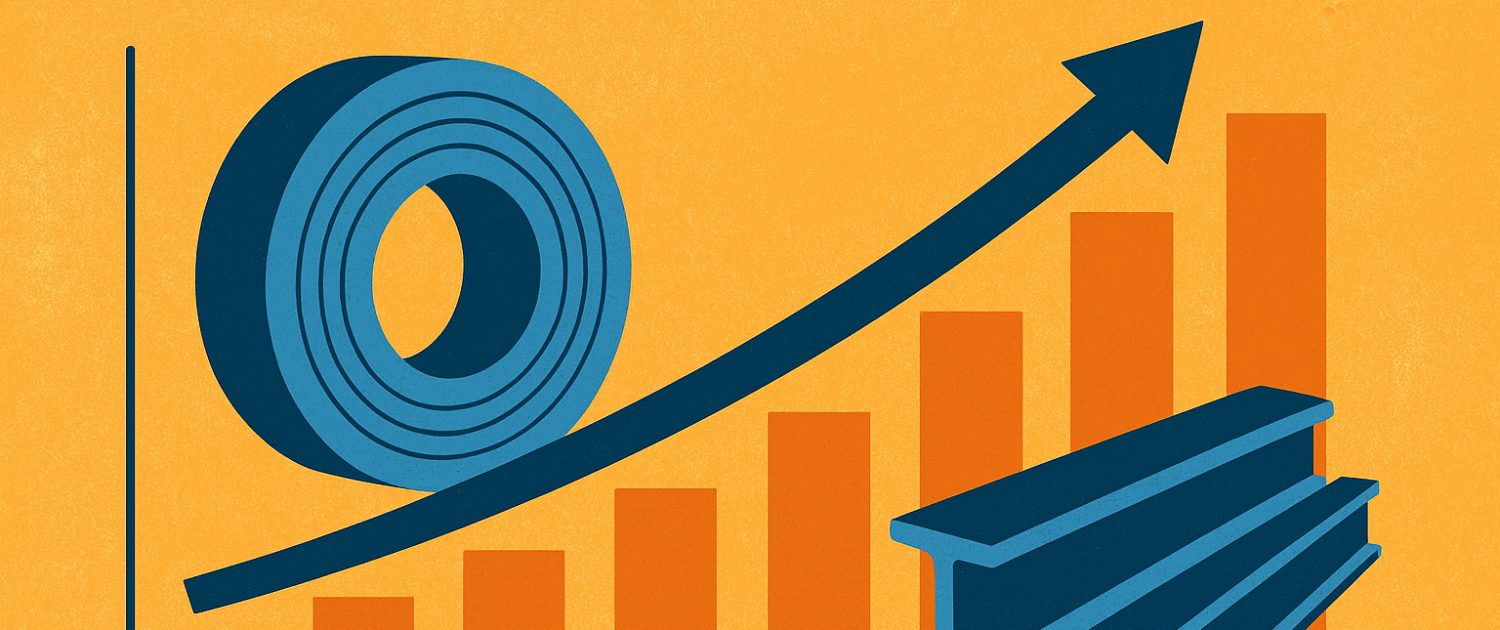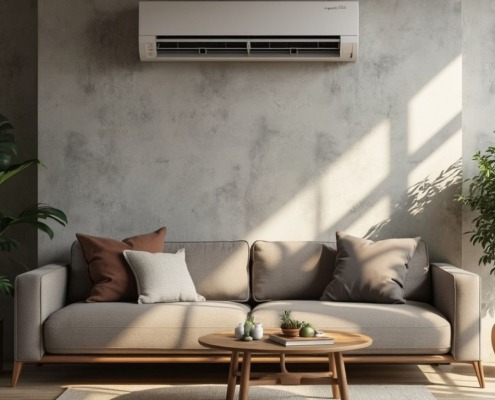Tariff Shock: How 2025 Steel and Country Tariffs Are Sending Appliance Prices Soaring, and 7 DIY Fixes to Beat Them
Steven E / Tuesday July 8, 2025
If you’ve noticed appliance prices creeping up this year, you’re not imagining things. A big trade policy change kicked in on June 23, 2025, and another on August 1. Together, they’re making refrigerators, washers, ovens, and dishwashers more expensive.
But here’s the good news: you can avoid paying those inflated prices by fixing your existing appliances yourself. We’ll explain what’s driving prices up, which brands are most affected, and seven easy, cost-effective repairs you can tackle yourself to keep more money in your pocket.
What Changed in 2025?
Two major tariff changes are now in effect:
- June 23, 2025: The U.S. doubled its steel and aluminum import duty to 50%, raising appliance prices by around 5–10% on metal-heavy products.
- August 1, 2025: A new 25% country-specific tariff was added to appliances imported from Japan and South Korea, stacking on top of the metal tariff for some brands.
If your appliance breaks down this year, you’re looking at a bigger bill for a new one. But that doesn’t mean you’re out of options.
Why Steel Tariffs Hit Your Appliances
Here’s the simple version: the U.S. now charges a hefty fee on imported steel and aluminum. Since appliances are made with a lot of steel (frames, drums, and panels, etc), manufacturers pass those costs on to you. This translates to about 5–10% more at retail on imported models.
The duty applies only to the steel and aluminum content, not the full appliance price, but the impact still adds up, especially on large appliances like refrigerators, washers, and dishwashers.
Sticker-Shock Math: What It Looks Like at the Store
Here’s what appliance retailers and the Consumer Price Index (CPI) are showing so far in 2025:
- Front-load washer: was $899 → now $950–$990
- Stainless fridge: was $1,899 → now $2,050–$2,100
- Electric range: was $1,199 → now $1,275–$1,320
CPI data shows appliance prices already up 3% year-over-year before June, and now projected to climb 8% or more by fall.
25% Tariff on Japan & South Korea (Aug 1, 2025)
As of August 1, the U.S. imposed an additional 25% tariff on appliances imported from Japan and South Korea in a reciprocal trade move.
For certain brands, this new country-specific duty stacks on top of the existing 50% metal tariff. So some models now carry a double hit at retail.
Which products get hit twice?
- Samsung & LG: Most refrigerators, dishwashers, and dryers
- Sony & Panasonic: Countertop appliances and specialty products
This makes repair even more attractive if you own one of these brands.
Which Brands Are Hit Hardest?
Some brands build their appliances in the U.S., while others rely heavily on imports. Here’s a quick guide to help you shop smarter:
| Brand | Refrigerators | Washers & Dryers | Ranges & Dishwashers | Notes |
| Whirlpool | Mostly U.S. | Mostly U.S. | Mostly U.S. | Safer bet |
| Maytag | Mostly U.S. | Mostly U.S. | Mostly U.S. | Whirlpool-owned |
| General Electric | Mostly U.S. | Mostly U.S. | Mostly U.S. | U.S. plants |
| Samsung | Mostly imported | Mostly imported | Mostly imported | Price hikes very likely |
| LG | Mostly imported | Mostly imported | Mostly imported | Price hikes very likely |
| Bosch | Mostly imported | Mostly imported | Mostly imported | Price hikes likely |
| Frigidaire | Mixed | Mixed | Mixed | Check model |
So if you end up replacing, stick with Whirlpool, Maytag, or GE to avoid the worst of the tariff markup.
7 High-Impact Repairs You Can Easily Do Yourself
You don’t always need a new appliance just because yours is giving you trouble. Here are seven repairs you can handle yourself, usually in an hour or less, for under $150 in parts.
Fix Your Fridge Fan
If your fridge feels warm or you hear a loud humming or rattling from the back, the evaporator fan or condenser fan could be the culprit. Replacing the fan motor is a quick, affordable fix that keeps your fridge cooling.
Find evaporator and condenser fan motors
Replace a Dishwasher Drain Pump
Noticing water pooling in the bottom of your dishwasher? Or is it flashing a draining error? Swapping out the drain pump is a straightforward repair that restores proper draining.
Swap a Washer Spider Arm or Shock Absorber
If your washer bangs around or shakes violently during the spin cycle, chances are the spider arm or shock absorbers are worn out. Both are inexpensive parts that can bring your machine back to smooth, quiet operation.
Shop washer spider arms and shock absorbers
Install a New Dryer Heating Element
Does your dryer run but leave your clothes cold and damp? That’s usually a failed heating element, an easy part to replace and much cheaper than buying a new dryer.
Replace an Oven Bake Element
If your oven takes forever to heat or doesn’t get hot at all, it’s likely that the bake element has burned out. Swapping it for a new one is one of the simplest oven repairs you can tackle yourself.
Fix a Fridge Start Relay
Hear a repetitive clicking sound coming from your fridge, and notice it’s not staying cold? That’s often the start relay failing to kick on the compressor. A quick replacement can get it running again.
Change a Washer Lid Switch
If your washer refuses to spin or drain, the lid switch might be to blame. Replacing it is simple and keeps your washer working like new.
If you’re feeling stuck or need some extra guidance, check out our how to find your appliance’s model number page. This resource helps you look up the exact part you might need if a replacement is necessary. You can also visit our repair help section for more detailed support and troubleshooting.
Tips for Buying New Without Overpaying
Sometimes repairing isn’t an option. If you do need a new appliance, here’s how to avoid paying more than you have to:
- Look for “Made in USA” labels. Whirlpool, Maytag, and most GE models make it clear on the tag.
- Check model numbers. GE models with suffixes like “WW” or “CC” are usually U.S.-made.
- Read the serial plate. Many include factory codes that tell you where it was built (like “LF” for Louisville).
Being a savvy shopper can help you dodge the worst of the tariff impact.
Common Questions
Will appliance parts go up in price too?
Not yet. Most replacement parts are either already stocked in the U.S. or don’t have enough steel to be hit by the tariffs. But in the long run, some imported parts could get pricier.
Do tariffs apply to used appliances?
Nope! Used appliances are tariff-free, but make sure to inspect them carefully before buying.
Should I wait for tariffs to go away?
There’s no clear end date, and these things can drag on for years. If your appliance needs attention now, don’t wait.
Don’t Overpay, Fix It Today
In many cases, you can fix what you’ve already got for a fraction of the cost. Whether it’s a dryer element, fridge fan, or washer lid switch, we’ve got you covered with genuine parts that get the job done.
Don’t let tariffs catch you off guard; take control, make the fix, and keep your appliances running strong.
Where To Find Us
If you need any replacement parts for your appliances, you can enter your model number at AppliancePartsPros.com to locate and order them quickly. Most orders arrive in just two business days, and we have tons of great information in our repair help section and YouTube videos to help you troubleshoot.
Stay connected with the latest DIY tips, tutorial videos, and repair guides by following us on Facebook, Instagram, and Twitter. We love hearing about your repair stories and successes. If you need more help or want personalized guidance, feel free to reach out. We’re ready to help you take on your next project with confidence!
With nearly a decade of experience in providing top-notch customer service regarding appliance parts and repair, Steven enjoys sharing practical advice, troubleshooting tips, and interesting information to help readers stay informed.





